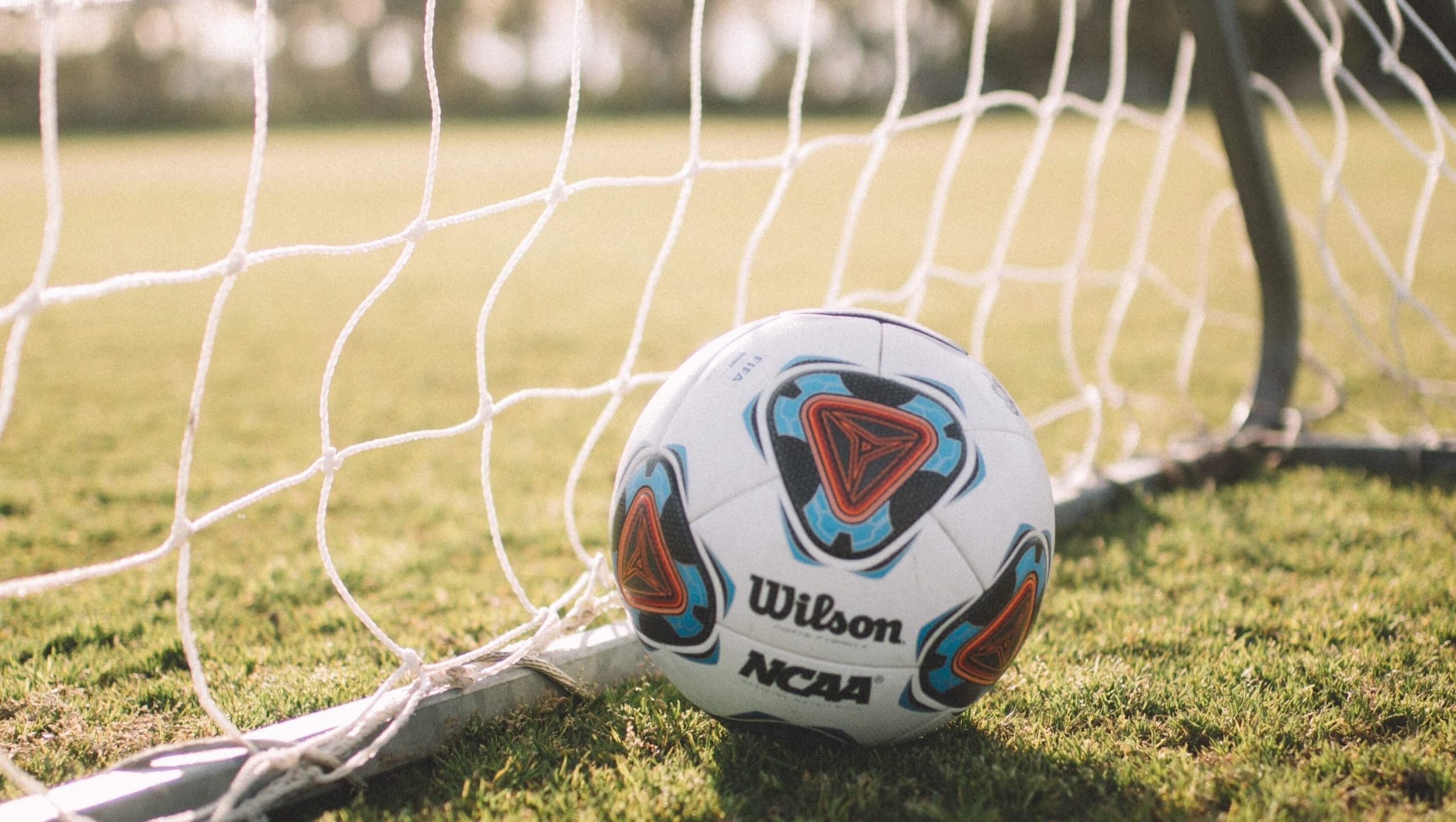Lees-McRae College

Based in Banner Elk, North Carolina, Lees-McRae College is home to just over 1,000 students. The college’s athletics program, the Lees-McRae Bobcats, competes in NCAA Division II as part of Conference Carolinas.
In her role as assistant women’s soccer coach at Lees-McRae, Erin Barcal is responsible for recruiting, player and team development, administrative duties, and assisting in the management of training and games. Erin was also instrumental in introducing Catapult technology to the program in 2018.
Informing training and recovery
A former Bobcat herself, Erin graduated in 2016 and went to coach soccer at North Alabama. It was there that she first encountered athlete monitoring technology.
“I first found out about Catapult when I was a graduate assistant coach at the University of North Alabama,” explains Erin. “GPS athlete monitoring was a point of interest for us to better monitor our athletes’ work ethic in training, conditioning, and during games.”
It was that initial exposure to Catapult that eventually led to Erin bringing the system to Lees-McRae to support key performance processes around the women’s soccer program. Primarily, Lees-McRae use the technology to reduce injury risk and structure training and recovery plans.
“We decided to implement Catapult at Lees-McRae Women’s Soccer from an injury prevention and athlete performance index standpoint,” Erin says. “Our vision was to quantitatively measure the work ratio, impacts, and overall load of our athletes to have a more informed approach in planning training and recovery for our student athletes.”
Analysis and communication
When it comes to analyzing the data they receive from the Catapult wearable devices, the staff at Lees-McRae have identified a number of metrics that help them achieve their injury risk reduction and recovery goals.
“We use distance, sprint distance, PlayerLoad, impacts, and work ratio the most,” says Erin. “When it comes to injury prevention and recovery, we analyze the impact and PlayerLoad data to inform decisions around the planning of training and athlete recovery.
“In regards to player questions about playing time, we measure and convey the distance, sprint distance and work ratios to the athlete.”
For Erin, the main benefit of the technology in her role is the way it helps her communicate specific targets to individual athletes. By doing this, she can keep athletes safe while simultaneously pushing for new levels of performance.
“Catapult’s technology improves my job by giving our athletes numerical figures to strive for, while we can ensure their optimal safety and recovery to help navigate optimal performance standards.”
Great customer service
When it comes to why Lees-McRae chose Catapult as their wearables provider, Erin explains that it was a combination of price point and positive customer service interactions.
“We chose Catapult from a budgetary standpoint in addition to great customer service. The demos and platforms provided to educate us on the product were top notch and allowed us to accurately and easily compare products.”
Since starting to use Catapult technology, Erin and her colleagues have had a positive experience working with the business and have received excellent customer service.
“Overall, I have greatly appreciated and enjoyed working with the Catapult team,” says Erin. “They are a service-oriented company who strives to serve customers in any way they can. They have helped me more times than I can count. They are punctual, professional and relational, which provides immediate trust and assurance that you’re using a great product.”
Track, Analyze, Improve
Catapult One is a sport tracking solution that measures the core metrics to make you a better player
